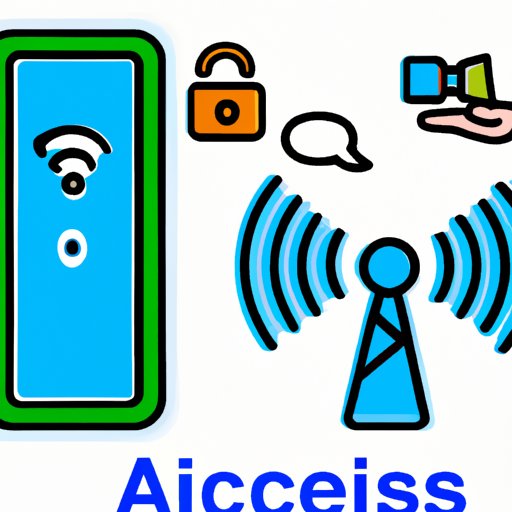
The Ultimate Guide to Getting Internet
Internet has become an integral part of our daily lives, connecting us to the world and providing us with information, entertainment, and communication. Yet, for many people, getting internet access can be a frustrating and confusing task. In this article, we will explore various methods to get internet and guide you through the process. Let’s get started!
Method 1: Find local internet service providers
If you’re looking to get internet at home, the first step is to find out which internet service providers (ISPs) are available in your area. This can easily be done by conducting a simple online search or by asking your neighbors. However, it is important to research and compare different ISPs in your local area before making a decision. Factors such as speed, cost, and data limits can vary among providers. Once you’ve selected an ISP that you’re comfortable with, the installation process is usually simple and straightforward.
Method 2: Tether your smartphone
If you’re constantly on the go, tethering your smartphone can be a convenient way to get internet access. This means using your phone as a hotspot, allowing other devices such as laptops or tablets to connect to the internet through your phone’s data plan. To set up wireless tethering on your phone, go to your phone’s settings and enable the hotspot option. However, keep in mind that tethering can quickly eat up your phone’s data limit and may not provide the fastest speeds.
Method 3: WiFi hotspot at cafes and libraries
Public cafes and libraries often offer free wifi hotspots, providing an option for people who need access to the internet but don’t want to pay for it. To find a nearby hotspot, simply do a search online or ask at the front desk. However, be mindful of the limitations of this method. Hotspots can be slow and unreliable, and there may be time limits enforced or other users competing for the connection.
Method 4: Satellite internet
If you live in a rural area, satellite internet may be the best option for you. This method uses satellite dishes to connect you to the internet, giving you access even in areas where traditional wired internet services are not available. However, satellite internet can be more expensive than other methods, and speeds can be slower due to the distance the signal must travel. When considering satellite internet, be sure to research and compare providers in your area.
Method 5: DSL internet
DSL internet, or Digital Subscriber Line, uses telephone lines to provide internet access. This method offers relatively fast speeds and is widely available. To find a DSL internet provider in your area, check with your local phone company or conduct an online search. However, availability can vary depending on your location, and speeds may be affected by the distance between your home and the provider’s infrastructure.
Method 6: Cable internet
Cable internet is a popular option in urban areas and is often provided by cable television companies. This method offers fast speeds and is widely available, making it a good choice for many people. To find and select a cable internet provider, do some research online or check with your local cable television company. However, cost can be a factor with this method, and availability may be limited in some areas.
Method 7: Fixed wireless internet
Fixed wireless internet uses a wireless antenna to connect you to the internet, making it a good option for those who live in rural or remote areas. To find and select a fixed wireless internet provider, do some research online or check with your local telecommunications company. This method offers reliable speeds and is often priced competitively. However, it may not be available in all areas and may require line-of-sight to the provider’s antenna.
Conclusion
Getting internet access can be a daunting task, but by exploring these various methods, you can find an option that suits your personal needs and limitations. Remember to research and compare providers, keep in mind the limitations and benefits of each method, and select the option that works best for you. Internet access is a valuable tool, connecting you to the world and offering opportunities for learning, communication, and entertainment.




